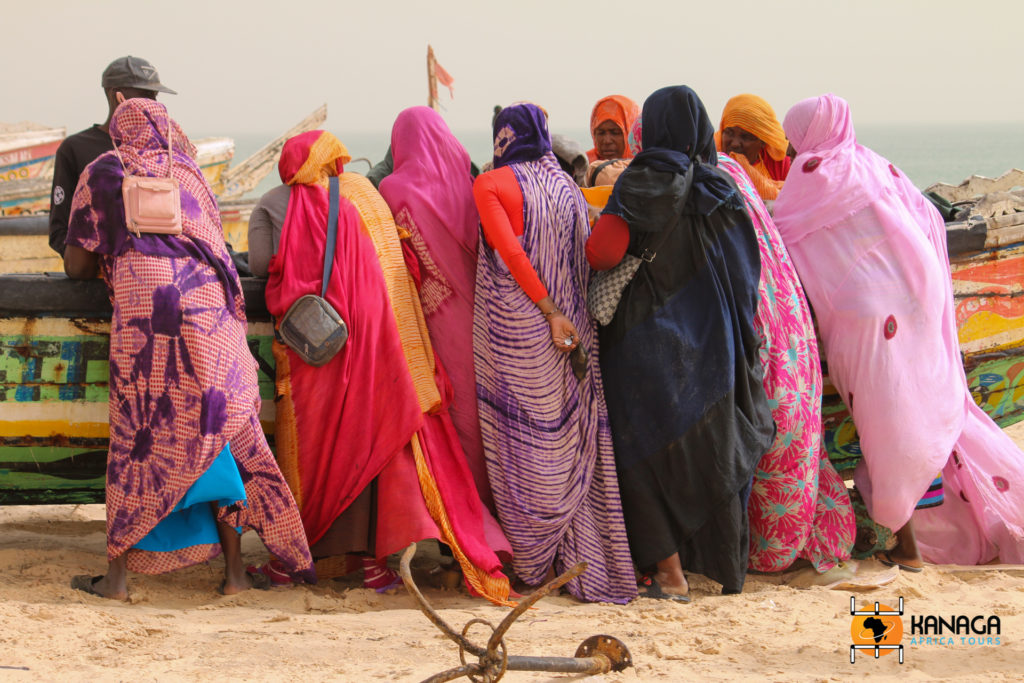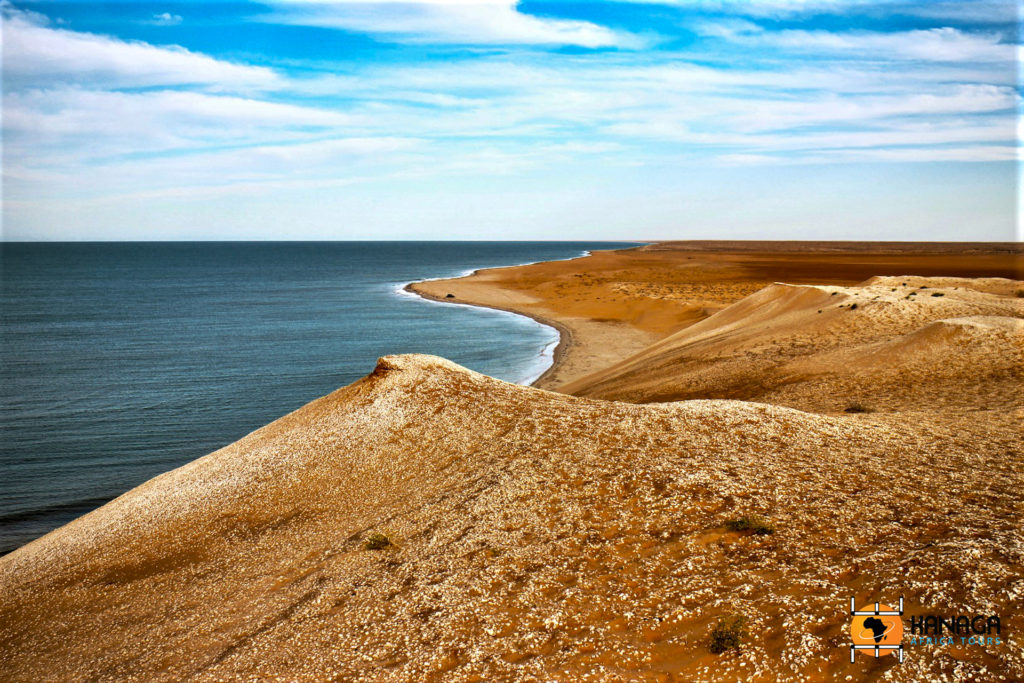© M. Trovato
Nouakchott was a medium-sized village of little importance until 1958, when it was chosen as the capital of a newborn nation, Mauritania. Today, it is probably the African capital that best reflects the spirit of a nomadic people.
It seems to have been born by chance, and again by chance it seems to have developed into an urban agglomeration with a million inhabitants. In spite of the Atlantic air, the city centre seems to prefer to breathe in the desert sands of the hinterland, where most of the nomads still live in the main streets, with their typical turban and their flocks. If the atmosphere is typical of a centre of nomadic culture and traditions, with slow rhythms and a typically Islamic lifestyle, in the area of the fish market, one of the busiest in West Africa, life suddenly comes alive.
Here the stalls are buzzing with people and trade is brisk until late afternoon. The bustling harbour is the city’s main attraction. Hundreds of fishermen, mostly of Wolof and Fula ethnicity, bring their hand-knotted nets laden with freshly caught fish here every day. The most interesting time to visit the market is in the late afternoon, when countless colourful boats return to the harbour and are pulled up onto the beach. If you want to learn more about the history of the Maures, the Musée National is an interesting stop. For all these reasons, a stop in Nouakchott is an essential experience to immerse oneself in the true nature of a culture that is so different from that of the West and a characteristic bridge between the Arab and sub-Saharan African sides.







